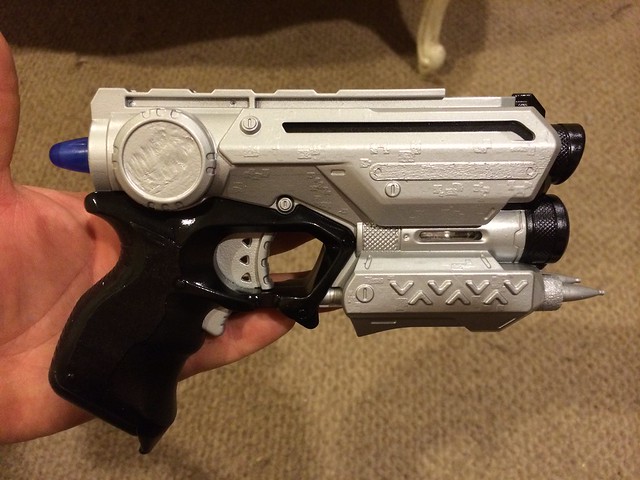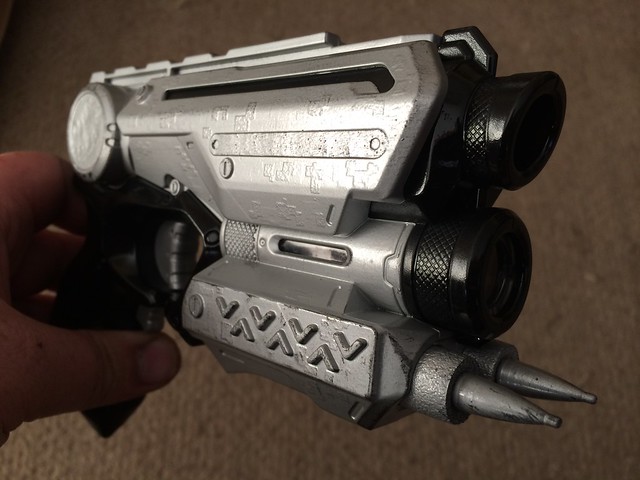CZ Brat
Well-Known Member
- Joined
- Jan 3, 2013
- Messages
- 611
- Reaction score
- 5
I would really like to hear some discussion from you steampunk wizards about how you do the weathering. What techniques do you use to apply the black color that gives it the weathered, used, corroded look? It's fantastic, and I just have no clue how you do it.
1st of all, this is my first steampunking and am no means a wizard. But I am glad to share what I know/learned from Fatboy and my own experience. The rocket has grey auto primer/filler with Krylon copper paint on top. I then used Testors flat black thinned with primer. Here is where it gets tricky. You quickly paint a thin layer on a small spot (1-2 square inches) and then immediately wipe with paper towel. If the PT is clean, you will remove most/all the paint, so you need to time the paint drying. If the PT is a little wet with paint, you won't remove a lot of black paint. But be careful, the solvent in the thinned black paint also eats the base paint. I actually did this in a couple of spots and have primer showing through. But that's the beauty of steampunk. Mistakes can often make it better. If you look at the pics of the diamond plate, you can see that it was first copper, then silver and then black paint. The black ate through some of the silver and exposed the copper. Also, Krylon makes a Chrome paint as well. If you look at the end plug, the hand wheel was first painted in this. But I found that Lacquer clear coat makes it a dull metal color.
Or, if you want a much lighter antiquing, use water paint (cheap set at dollar store). I tried it at first, but wanted a darker antiquing. However, I only did it once. Repeats may get darker. It is also easier as you won't eat through base coats and aren't nearly on the same time crunch to wipe off excess as you are with oil based paints.
You can take a piece of cardboard and paint it with primer and then the paints you want to use, and do some testing/practice, before you do it to a rocket you care about.
So that is what I learned. I am glad to answer any other questions.
Last edited:















